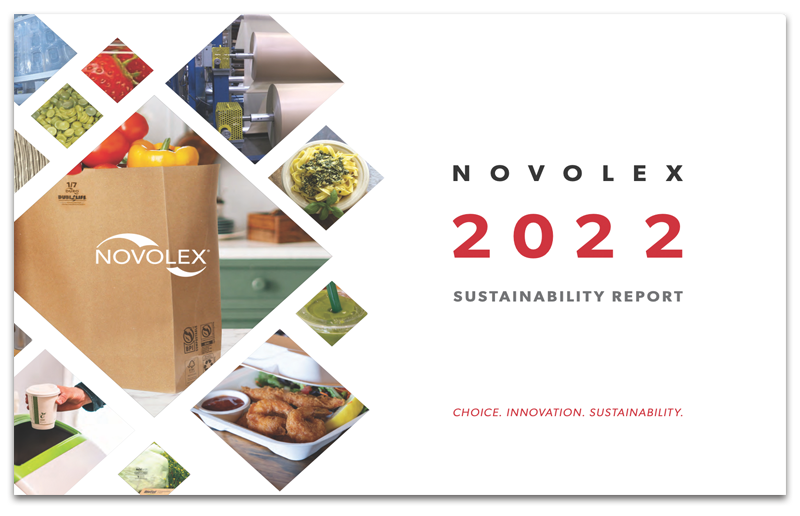In-House Tooling
40 Years’ Tooling Design and Manufacturing Experience
Having our own internal tooling manufacturer means that our customers enjoy a true end to end new product development service experience.
Customers are in full control of the whole process from design to manufacture, and because there are no third-party requirements, you have full peace of mind that sensitive designs are fully protected until patents and launch dates are achieved.

Auto De-Nesting and Heat Sealing Heads
We have a vast amount of knowledge and experience in auto de-nesting machines and heat sealing heads, both of which are heavily used within the industry for the separation of trays and top film sealing.
We are happy to visit our customer production sites in person to secure the exact measurements for these critical machine parts. This significantly reduces lead times and ensures we get it right first time, every time.
100% On Time In Full
Since all our customer tooling technical information is held readily available in-house, we are able to support our thermoforming divisions to meet orders on time and in full through quick turnaround on any tooling modifications, repairs or upgrades.




Process
We use industry-leading design software to create a 3D model of the desired packaging tray for customer feedback, following which a sample is produced for approval.
Through a cutting-edge CAD package, we then design the appropriate tooling required for mass production of the finalised tray. At this stage, our engineering team are able to address any additional features or potential issues that may arise before going into production, keeping timelines tight and costs in check.
Technical drawings are then released to the toolmakers, who use a computer-aided manufacturing platform to create the accurate tray profile. Having a computerised mould on file means that we can re-machine and repair tools due to wear and tear at a moment's notice in the future, significantly speeding up potential downtime.
Find out more about the tooling and design process here.



